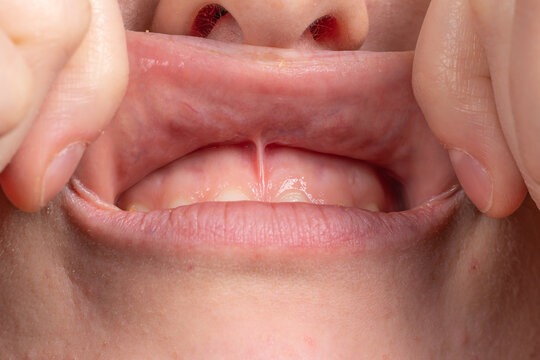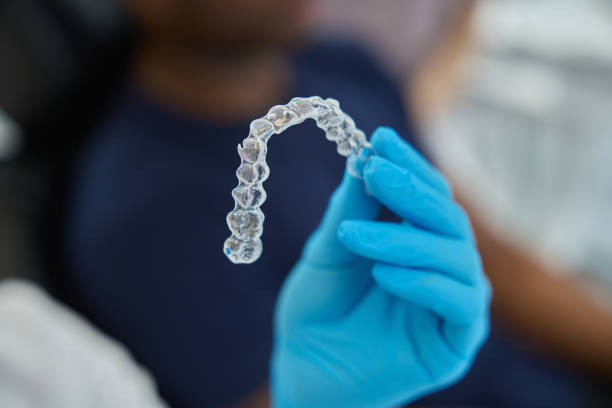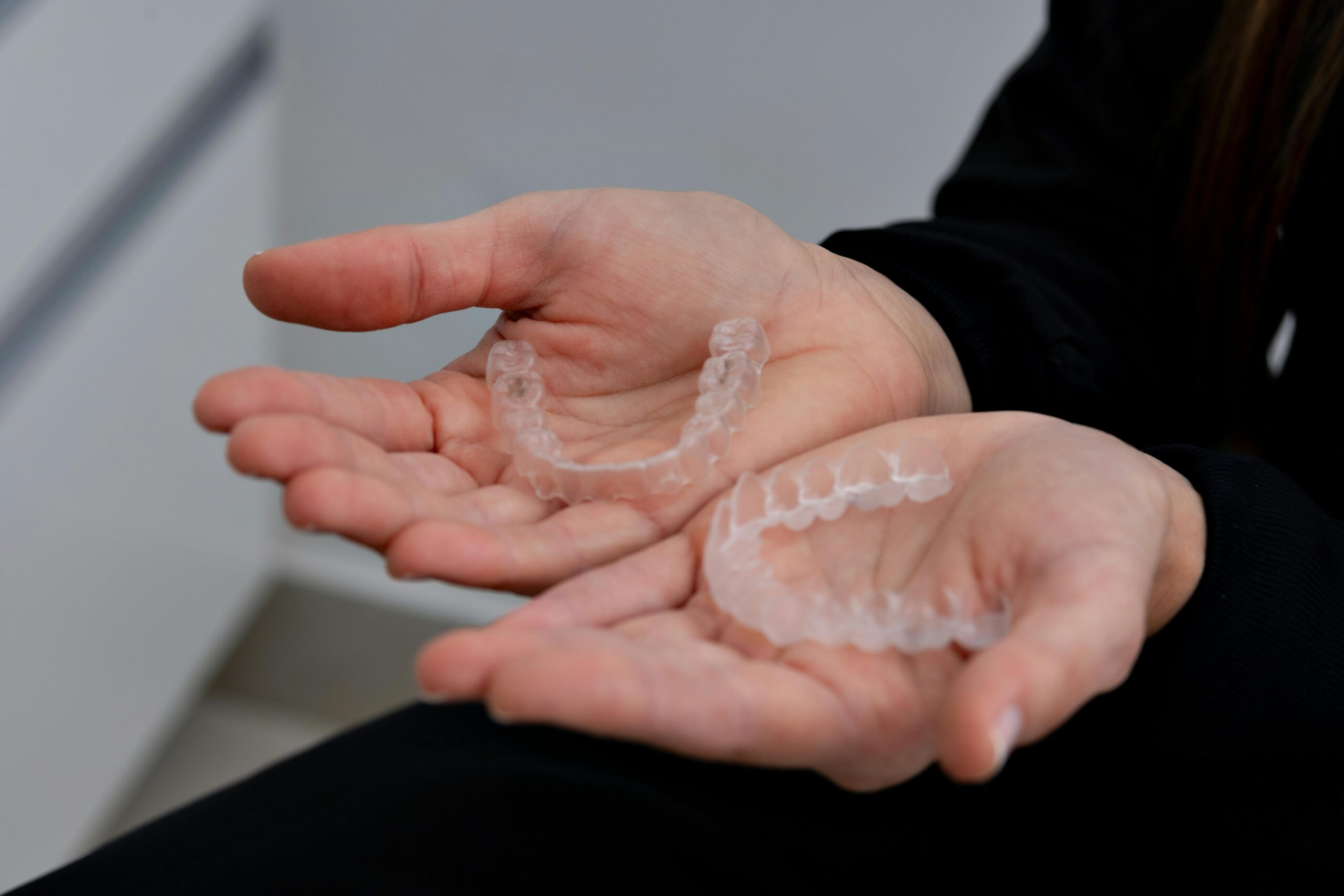Clear Teeth Aligners Clear teeth aligners have become a popular alternative to traditional braces, with the leading brand Invisalign standing out in …
Frenectomy
What is a Frenectomy: Types, Procedure, Risks, and Recovery
What is a frenum?
A frenum is an anatomical structure found in the oral cavity. Its purpose is to provide a stable attachment from a loose part of the oral cavity to a more rigid part. There are several frena in the mouth, most notably the folds of tissue that connect the lips, cheeks and tongue to the jawbone. In this way, it is like a bridge that connects two structures in your mouth. Place your tongue to the front of your upper teeth and push upwards – that small string-like structure you feel is a frenum! The main role of a frenum is to provide stability in your oral cavity.

Types of frenum
The two main types of frenum important in dentistry are the lingual frenum and the labial frenum.
The lingual frenum connects your tongue to the floor of your mouth and the labial frena connect the upper or lower lips to the gums.
What is a frenectomy?
A frenectomy is a dental procedure that is indicated when there is an abnormal frenum. A frenectomy is the complete removal of this tissue, including its attachment to the underlying bone.
Why would you (or your child) need a frenectomy?
There are several indications for frenectomy. The common reasons include:
Gaps between your teeth: The attachment of the frenum to your 2 front teeth is atypical and inserts too low, sometimes causing a large gap between your front teeth.
Problems with speech: A frenum that is too tight can lead to problems with articulation, in both children and adults.
Gum recession: a frenum that is too tight may lead to it pulling back on the gums and causing gum recession, that can affect your oral hygiene.
Tongue tie: this is a condition where the movement of the tongue is restricted due to a tight or short lingual frenum. This can cause trouble with breastfeeding.
How is a frenectomy performed?
The frenectomy procedure is relatively straightforward and usually performed under local anesthesia. The main stages involve:
Preparation: Your dentist will numb the area with a local anesthetic to ensure you are comfortable during the procedure.
Incision: Using oral surgery tools, the frenum is carefully cut or modified to release tension or remove excess tissue.
Closure: Some frenectomies need stitches, and some don’t. It depends on the type of frenectomy performed, how extensive the incision is, and the likelihood that the incision will heal effectively on its own.
Benefits of frenectomy
There are many benefits to having a frenectomy. Some key ones include:
If the frenulum is very tight, relieving this pressure can lead to improved speech and articulation.
Enhanced oral hygiene, reducing the risk of gum disease.
Facilitation of orthodontic treatment e.g. closing gaps between your teeth.
Alleviation of discomfort or pain caused by a tight or restricting frenum.
Risks of a frenectomy
As with any procedure, there are some risks of frenectomy that are important to consider when weighing up your decision. These include:
Pain, bleeding or infection of the surgical excision
Potential for recurrence if the frenum re-attaches to the tissue
Following tongue tie repair in infants, one study reported some risks to be poor feeding, pain, weight loss.
How to prepare for a frenectomy?
There are different things you can do to prepare for your or your child’s frenectomy. Your dentist should provide specific instructions for you, but some general preparation tips include:
Arranging transport, particularly if you are receiving sedation
Informing your dentist of your medications and medical history
Planning for your post-procedure care.
Tips for recovery
Some techniques to help reduce discomfort and pain following your frenectomy include:
Follow the instructions your dentist provides you. These may include how to optimise your oral health with cleaning your teeth or using mouth wash, but may also include some dietary restrictions such as utilising a soft diet in the first 24 hours while the site heals.
Use over-the-counter analgesia to help with pain relief
Monitor closely for any signs of infection: discharge, bleeding, abnormal swelling and fevers are all bad signs
Attend any follow up appointments your dentist organises
What can we do?
At The Harley Street Implant Centre, Dr James is a trained oral surgeon and is on the register for oral and maxillofacial surgery in the UK. He is highly skilled at this procedure. To find out more, contact us through our contact form on our home page, send an email, or call the practice.
What is Composite Bonding? A comprehensive guide for patients Composite bonding has become a very popular cosmetic treatment, particularly for those seeking …
Add Your Heading Text Here Invisalign Tips and Tricks Invisalign is a modern alternative to the traditional braces. It is what it …
Invisalign vs Braces In the realm of orthodontics and dentistry, a common dilemma for patients is choosing between Invisalign vs braces. Both …



